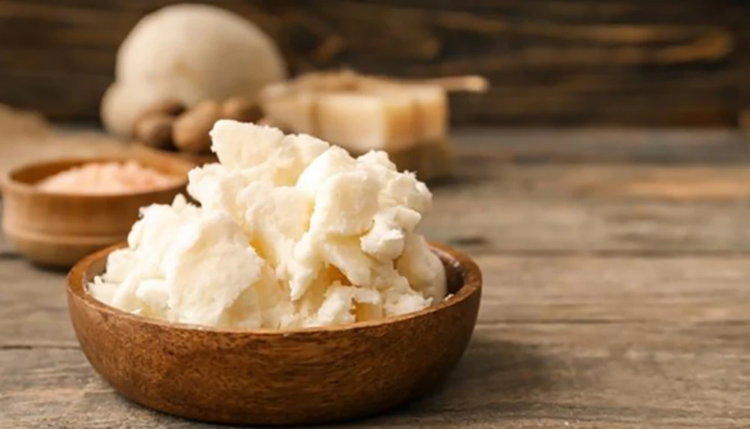Specialising In Production Of Shea Butter

Women have used shea butter for skin and hair protection since the time of Cleopatra, the Egyptian goddess. Given that shea nuts are high in vitamin E and contain 50 per cent fat, this is not absurd. The oil from shea nuts is used as a dietary supplement and to treat burns and bug bites.
In Europe, North America and Japan, for instance, shea butter is now prized for its superb healing and moisturizing properties, International trade and export specialist, Raymond Agholor said, even as he added that it is an important ingredient in creams, sunscreens, conditioners and in treatment of burns and muscle pains.
Shea butter is a highly prized product among global cosmetic corporations due to its many uses, and as demand has increased, so has its potential for exploitation and exports.
Profitability
Shea butter is not only needed in Europe but are highly priced in Nigeria who in fact, currently import from abroad, Agholor averred.
For instance, he disclosed that, “the price of shea nuts in Lagos is about $220MT and with N300, you can gather 100 Kg and thus a ton for N3,000. $220 translates to about N220,000 at the exchange rate of N1000 per dollar. You could well spend about N3,000 per bag 100kg and still make huge profit. The more value you add to the nuts, the better.
Challenges
The painful irony of shea butter production in the continent, especially, in the West Africa is that majority of its rural producers receive less than a dollar per day for their work because they sold shea nut in bulks as a raw material instead of its finished products that could improve their earnings, Agholor, who is also the content manager at Cokodeal limited, lamented.
Another challenge is the fact that statistics show that only 25 to 30 per cent of the shea nuts produced in Nigeria is collected, the content manager said, adding that, “at the moment, most of the shea plants are in bushes and forest. While pickers are needed to increase the production of shea nuts in Nigeria, there is need to utilise trained collectors. This calls for the input of money and other resources.
“What happens at moment is that pickers wake early in the morning and trek up to five to 15km to farmlands where they pick shea fruits that have fallen on their own from the trees. They carry the loads of shea nuts back in head pans and basins or baskets of 20 to 25kg (sometimes over 40kg). Apart from being a tedious labour they are exposed to hazards, scorpions, ants and snakes, among others.”
Solutions
These challenges can easily be overcome by appropriate means of transportation, use of protective wears at traditional snakes scares, provision of sacks and perhaps location of drying centers within shorter distances in a gathering district, Agholor recommended, while positing that all of these appropriate technology is needed for superlative success.
Another aspect of technology relevant to investment in shea nut and shea butter processing is the need for indigenous technologies deodorisation, decolourisation and especially fractionasation, the trade and export specialist averred.
“This is one area where Europe and America have always taken advantage of us. There is a very large mark up for the various shea nuts by – product at $1000 per MT . The detailed price for the refined butter is $6 per ounce in the US. The unrefined Vitellaria nilotica from Uganda is priced at $60/Kg, while unrefined shea butter from West Africa is priced at $200/MT,” he stated
In essence, there is need for local tech experts to develop local technology that can help farmers process the shea butter and then export, rather than exporting the nut which is less profitable.
As much as shea butter seems to be a preserved of women in its various applications, the producing communities especially the rural women in Nigeria should learn new skills and acquire latest thinking towards improving their economy, Agholor further suggested.
